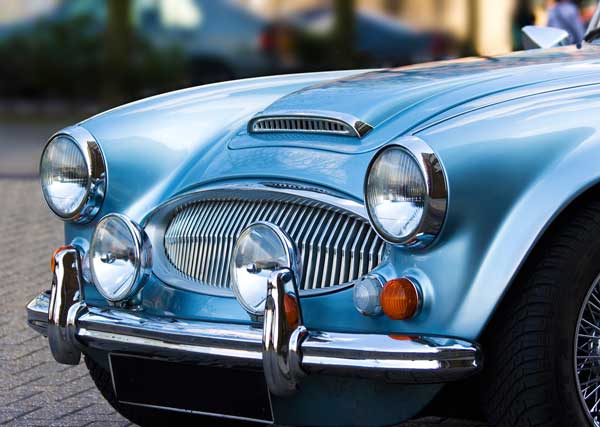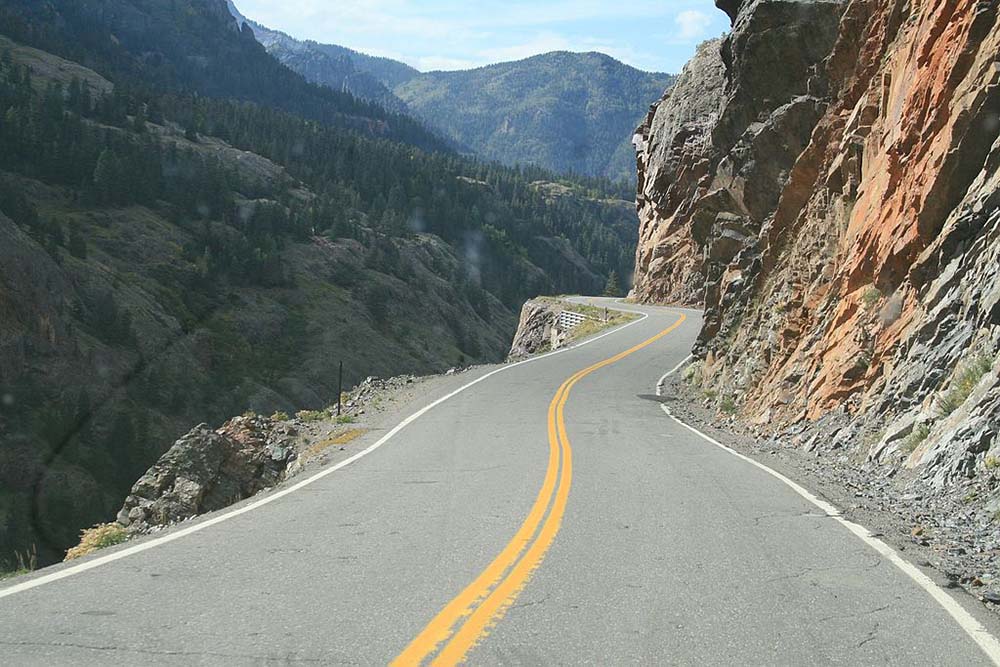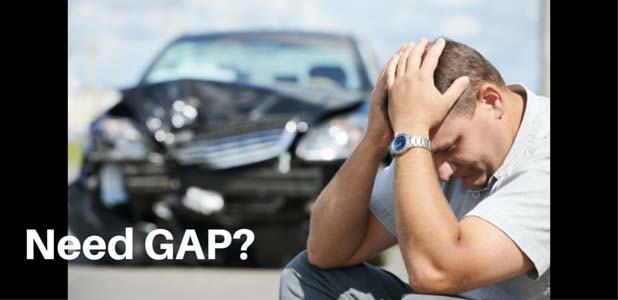It’s nearly summertime and we all know what that means! Higher gas prices.
Here at All Nation Insurance in Miami, we don’t just want to save you money on car insurance, we want to save you money everywhere. Many people believe the only way to get better gas mileage is to buy a smaller vehicle. Others invest in expensive gadgets like fuel-line magnets, intake air swirlers, and other after market vehicle add-ons only to be disappointed by the results.
Well, there is a growing group of passionate vehicle drivers known as Ecomodders. Their forum is filled with tips, DIY articles, and friendly advice. Here is some of the best we read on their amazing forum.
Track your actual fuel costs
People with cars made after the mid 90’s have it relatively easy: All you need to do is throw some money at a fuel-economy computer. Fuel economy instrumentation is one of the simplest modifications you can make to your vehicle in the pursuit of gas savings. A favorite of EcoModders is the ScanGauge fuel economy computer. Its plug-and-play features make it a popular choice for new and experienced ecomodders. It is for drivers who own a 1996 or newer North American market vehicle.
Having access to instant trip fuel consumption rates is critical to establishing good gas saving driving habits and a base for future modifications.
What if I Have an Older Vehicle
For older cars, you may need some assistance installing a vacuum gauge, which measures how hard the engine is working. For the adventurous types here in Miami, you can explore the world of DIY fuel-economy electronics. It will take some patience but the money saved can make a huge difference on your variable costs.
Top Ways to Save Gas
Many of these money saving fuel tips are easy to implement and require attention to your driving habits. You do not have to buy expensive products, as most of the best ways to conserve fuel revolve around safe driving habits.
Cruise Control, Our Secret Weapon
Long beloved by drivers who endure long trips frequently, cruise control has a number of different benefits. Surprisingly, many drivers don’t bother to use cruise control or invest a few minutes to learn it. One clear benefit is the ability to remain at a constant speed and maintain a consistent forward momentum. With human acceleration error removed, a vehicle can use only the energy required to maintain a consistent speed. Even slight accelerations can cause your vehicle to work harder and using more gasoline.
When considering the overall cost of driving, gas is only one variable in the total cost of driving (insurance, maintenance, etc). One forgotten benefit of cruise control is speed control as related to speeding tickets and more.
On many long road trips I find myself paying attention to the road vs. my actual vehicle speed. It is very easy to exceed the speed limit. A speeding ticket can easily negate any gas saving tricks you have used over the course of your trip. With cruise control set, you can drive at a consistent speed without glancing at the gauge every three seconds
Avoid Braking
I realize the title sounds ridiculous, almost dangerous. If you find yourself in compact traffic moving in intervals, rather than in a flowing pattern. Give yourself a 10 second buffer before hitting the accelerator. Saving gas really means saving energy. Every time you accelerate, your vehicle must expend energy to reach a specific speed. If your vehicle reaches this speed to only stop and do it again, that can expend a significant amount of energy.
By accelerating slowly and leaving space ahead, watch the brake lights of the car in front of the car directly in front of you. This allows you to coast right back up to the car in front of you without using additional energy. If done correctly (and assuming no drivers enter your lane..arghh!) you can avoid braking completely saving up to 40-70 mpg (according to some drivers in the forum).
Use The Overdrive Feature on your Car Properly
Another feature that goes unnoticed by most drivers is the “overdrive” feature. Many people do not even know that their car has overdrive, or what it can do. Overdrive is the highest gear in vehicles. It allows your engine to operate at a lower RPM for a given speed. This allows the vehicle to achieve better fuel efficiency. You will most likely have overdrive on most of the time, however it is advisable to have it off if you drive under 45 mph routinely.
Climate Control
Let’s face it. We live in Miami, Florida, we won’t be rolling our windows down during most of the year.
Sadly, air conditioner usage does impact vehicle gas mileage. Saving gas means saving energy, however cooling a cars cabin requires energy. Sometimes not using the air conditioner is not an option, but there are ways to cool your vehicle efficiently.
- Roll the windows down at lower speeds; use the AC at highway speeds.
- Don’t use the AC more than needed. Aim for comfort not for an arctic chill in your vehicle.
- Park in the shade or use a sunshade so that the cabin doesn’t get as hot.
- Drive with the windows open for a short time before using the AC. Letting hot air out of the cabin first will put less demand on the AC and help your vehicle cool faster.
Controlling your cars inner temperature often begins before you ever step foot in your car.
As you can see, these are some fairly simple ways to save money on fuel costs. We hope you enjoyed this information and if you want to save even more money, visit All Nation Insurance on SW 40th street 33155, located next to the famous La Carreta restaurant.







